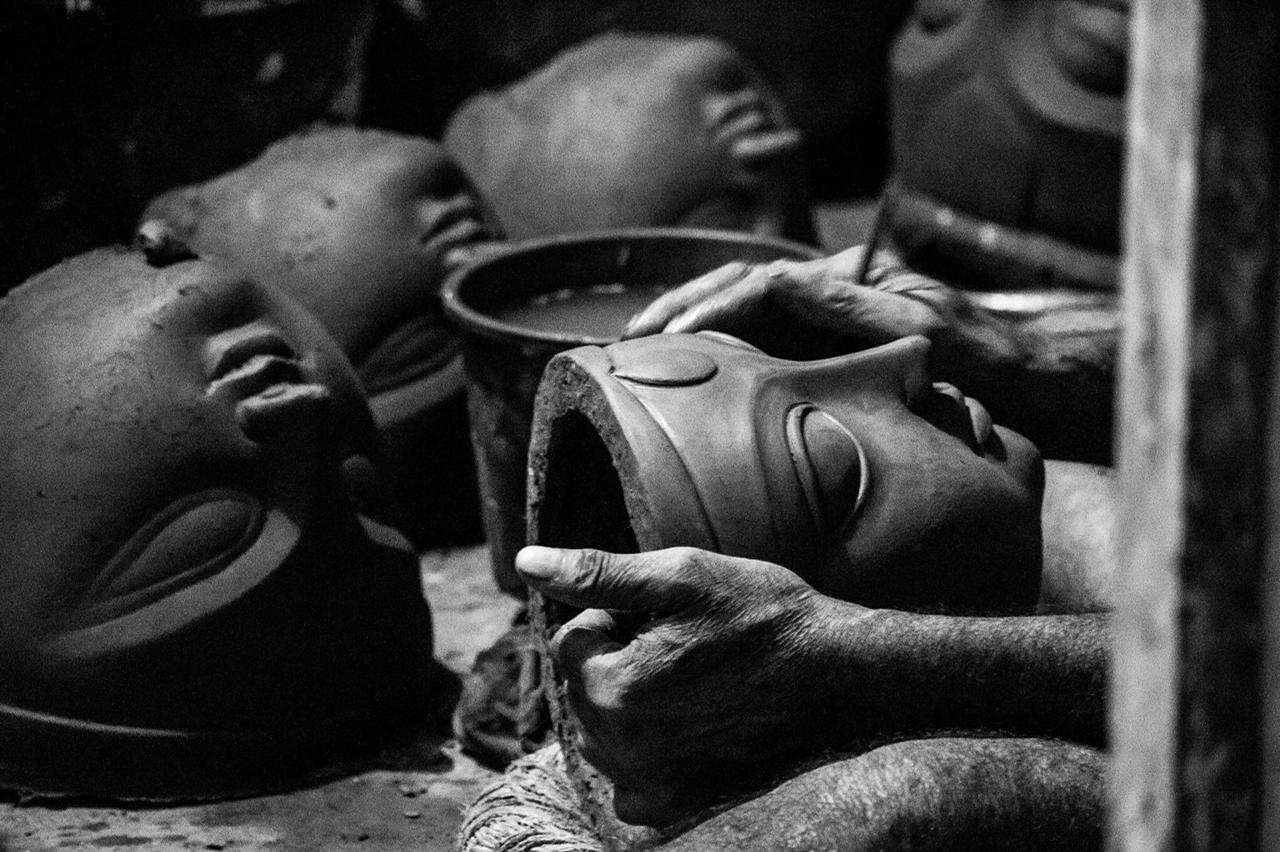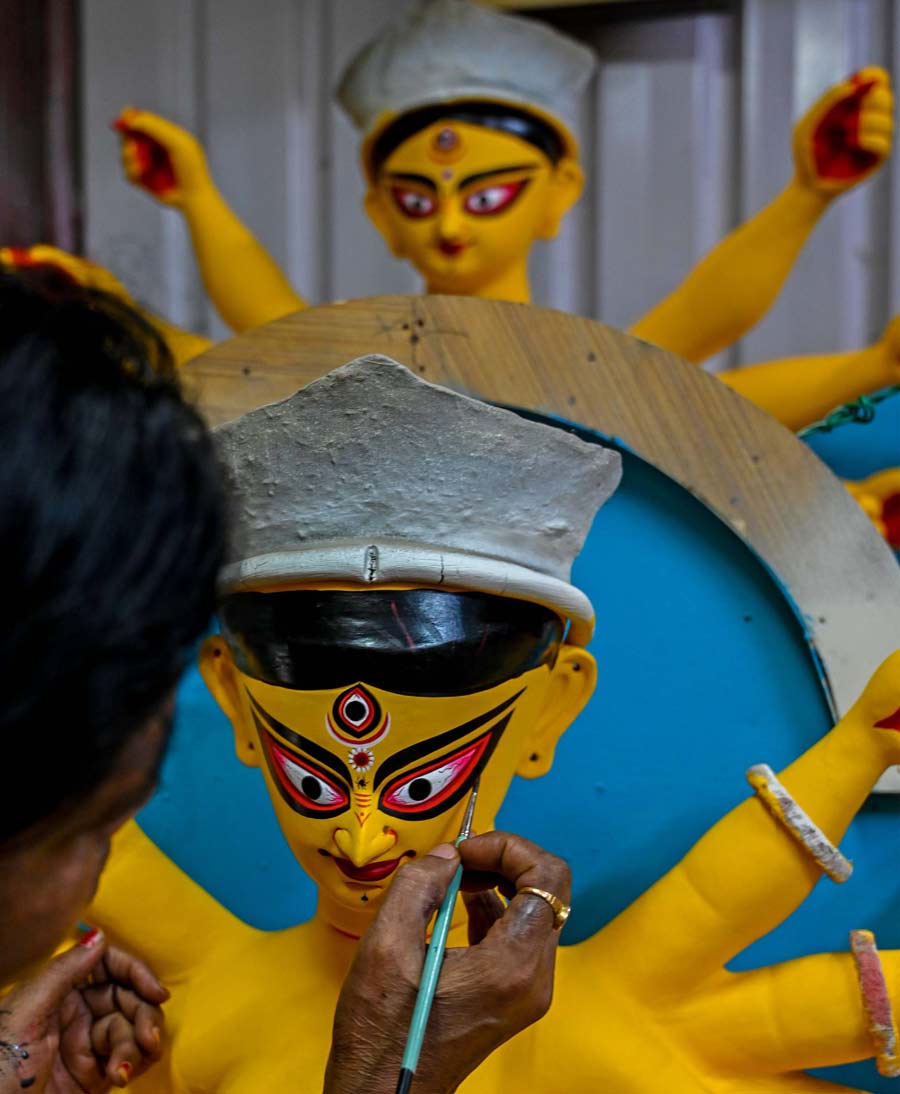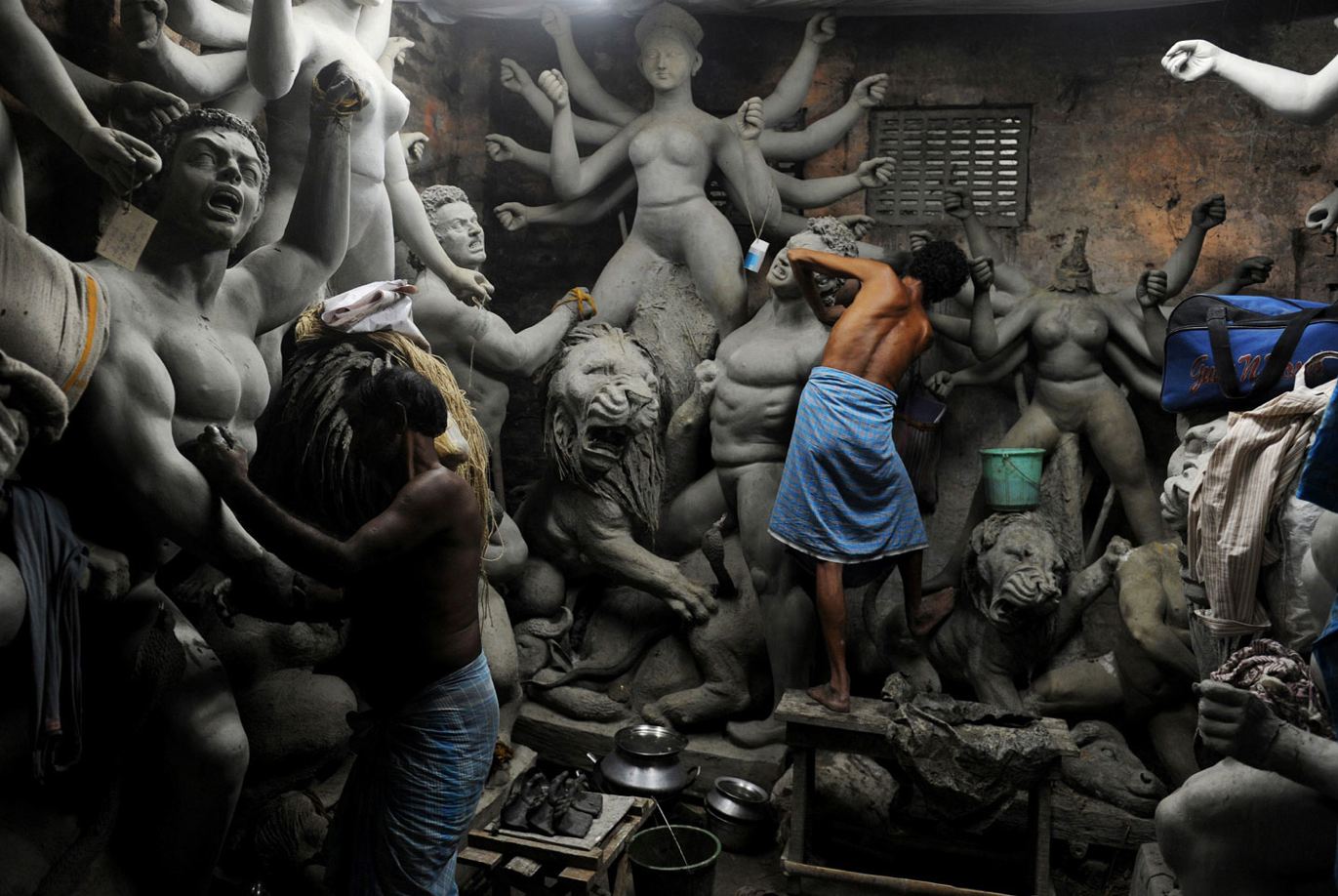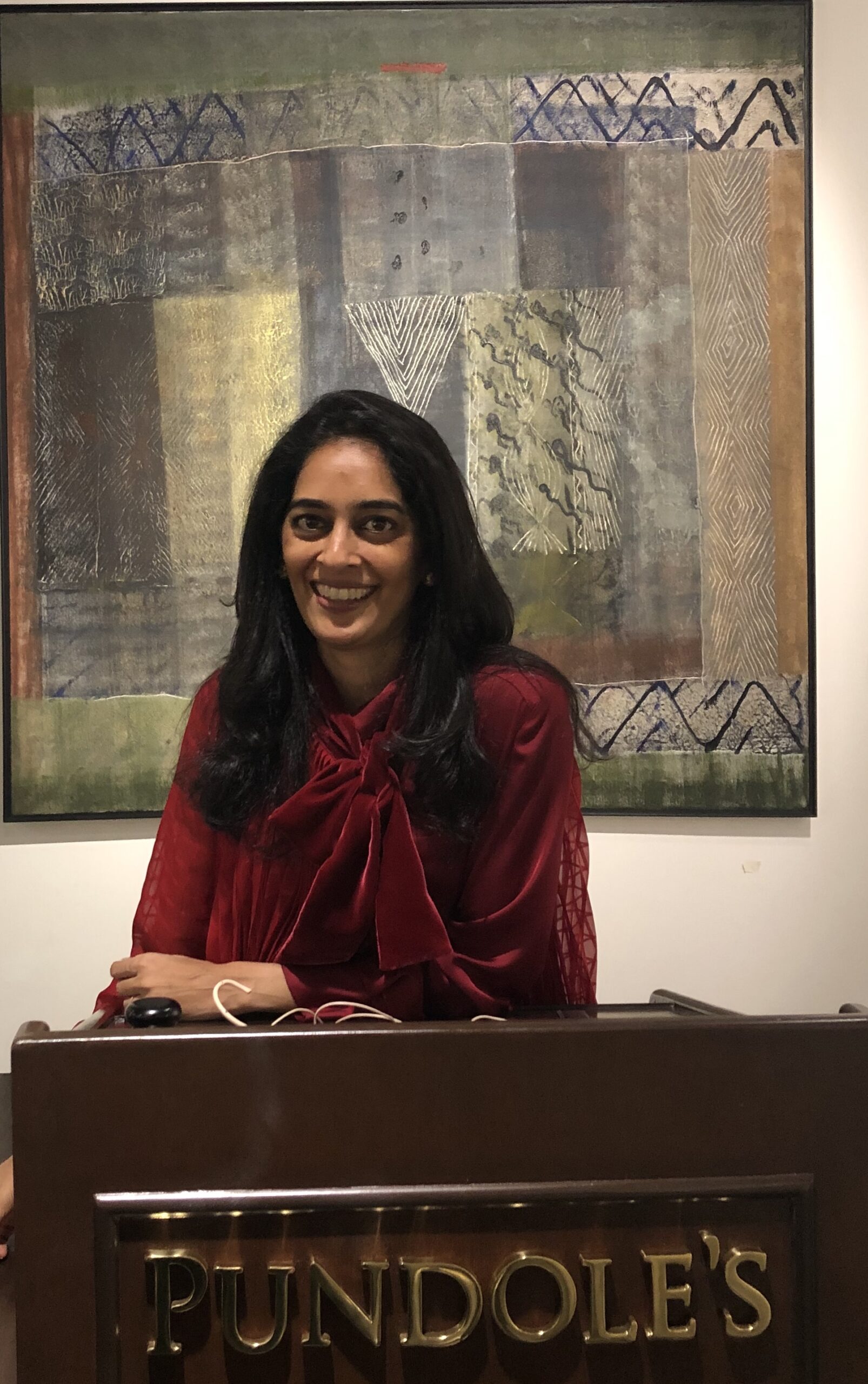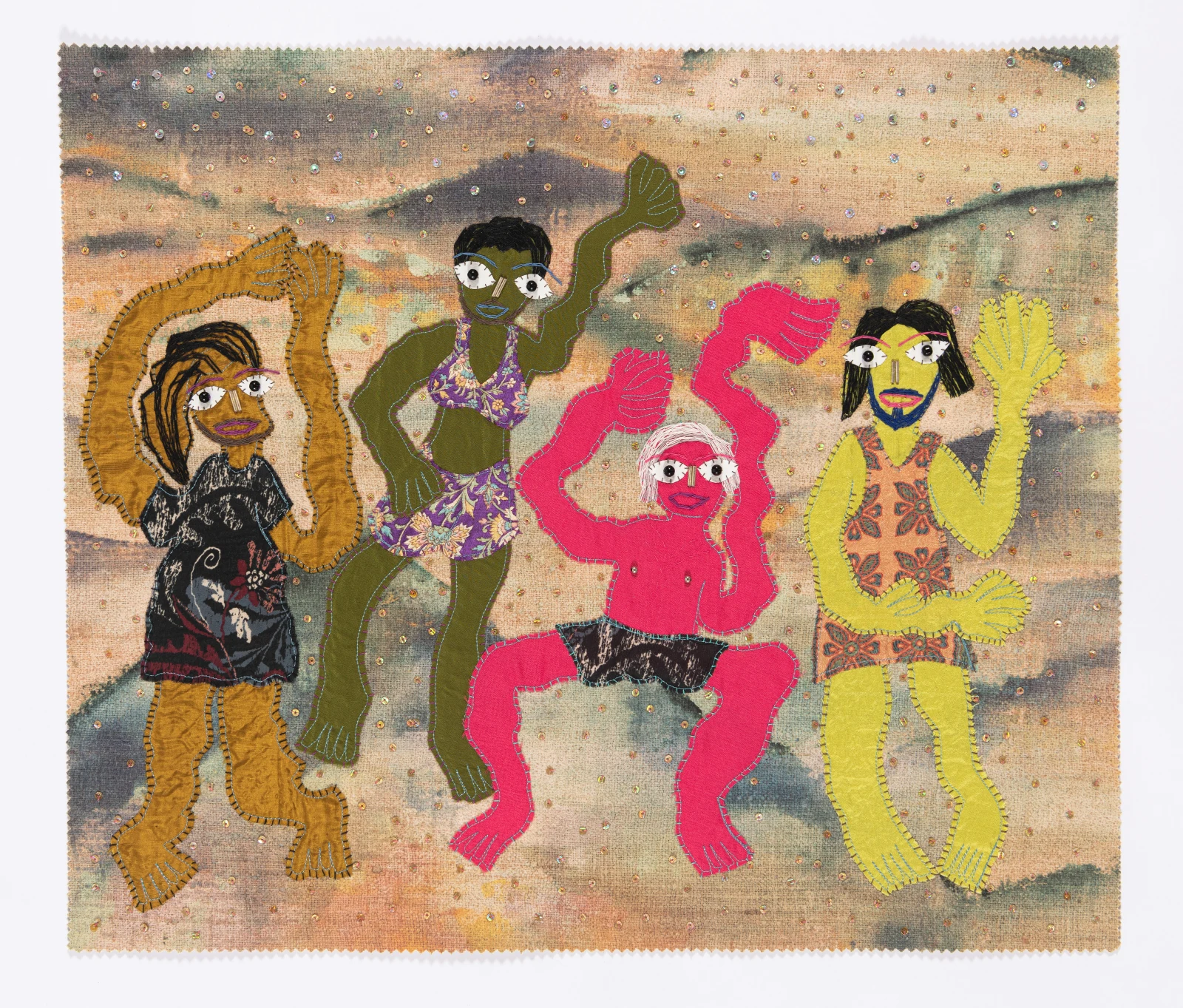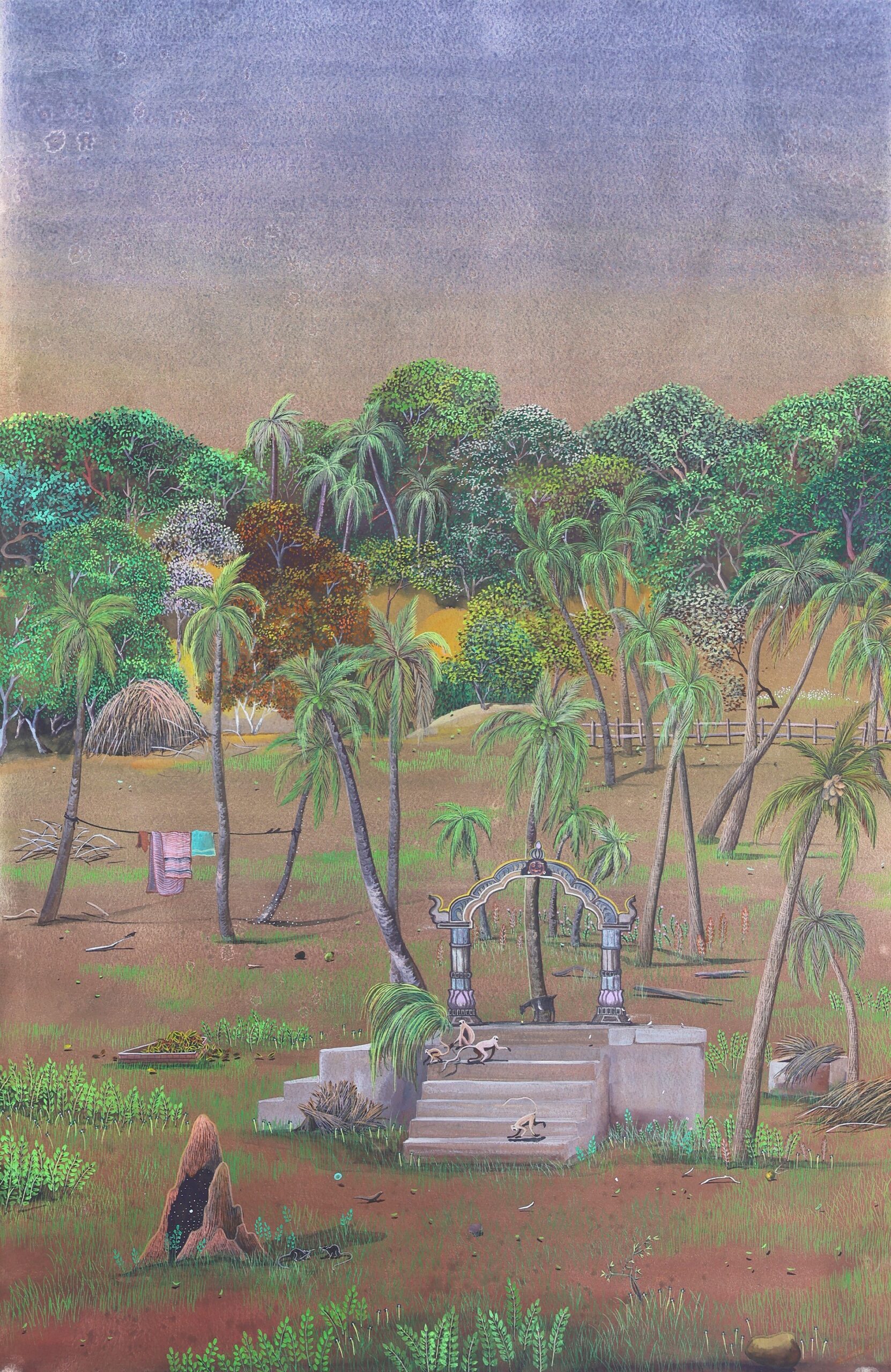The festive season is here! As the city of Kolkata decks up in bright lights to celebrate the coming of Goddess Durga, one of the biggest cultural events that reigns supreme in the heart of all Bengalis, let us turn our eyes to look at Kumartuli – the birthplace of idols.

Culture and artistry is imbued into the veins of the humdrum of everyday life here at Kolkata. Kumartuli, which in Bengali means ‘Potter’s Lane’, is one significant example of how art continues to fashion the city’s rich cultural heritage. Kumartuli is located in North Kolkata near the banks of river Ganga and is the biggest manufacturer of clay idols for various religious festivals, even exporting them for Bengalis worldwide. Having a history dating back to the 1700s, this potter’s colony has passed down its craft of traditional sculptural prowess generation after generation. Durga Puja is the biggest manifestation of this craft at its peak.

Historically, Kumartuli’s neighbourhoods owe their unique character to the directives of the British East India Company, who cunningly allocated separate districts to the Company’s labour force. Little did they know that this seemingly utilitarian decision would birth hubs of art and heritage, each district telling a story through their respective mediums. With time, the artisans of Kumartuli had to face numerous changes. They transitioned from crafting pots to sculpting divinity itself. They began creating the exquisite idols of gods and goddesses, awakening spirituality in the hearts of the city’s elite and beyond. Their creations found homes in the opulent mansions that enveloped them and took centre stage in grand community pujas, celebrating Bengali life, culture, and tradition. Kumartuli’s historic streets, till today, echo stories of resilience and reinvention.

Work begins in Kumartuli long before the holy rituals of Durga Puja actually start. Day in and day out the artisans work hard, from sculpting the idols out of hay and clay, to letting them dry and then painting on them beautifully with colours matching the specific theme required of a particular idol. Their craftsmanship is remarkable. Every idol has something unique and stands out from the rest in the way they are coloured, or in the way they are shaped. Artisans working within the community have their own individual style and take on the story of Ma Durga arriving with her four sons and daughters. When dawn breaks on the day of Mahalaya, which according to Hindu tradition marks the beginning of ‘Devi Pokkho’, or the time of the Goddess, Kumartuli artisans paint Ma Durga’s eyes – a ritual called ‘Chokhudan’ or giving of the eyes. The craft in itself thus is imbued with a sense of ritualistic holiness, a birthing of the Divine.


It is strange therefore to know about the hardships underlining the lives of such artisans. The work conditions are far from ideal, with limited access to modern tools and technology. Despite the undeniable artistic brilliance, financial stability remains an elusive dream for many Kumartuli artisans. Irregular incomes and seasonal demands for their creations make it challenging to secure a consistent livelihood. They often live on the edge of financial insecurity. Working with clay, paint, and other materials can also pose serious health risks. Rapid urbanisation and the changing landscape of Kolkata have encroached upon the traditional workspace of these artisans. As high-rises and commercial complexes rise around them, they face the very real threat of displacement from the spaces they’ve occupied for generations. Many do not even have access to social welfare programs or healthcare benefits. They are largely self-reliant and bear the brunt of life’s hardships on their own.


Awareness about their craft is the need of the hour so that we can safeguard a tradition moulding the soul of a city. Every year Kumartuli empties out its lanes to fill the city with happiness and the presence of the Divine. One may visit Kumartuli to view the artisans at work, especially before Durga Puja to witness their passion for the craft, their dedication to preserving tradition, and their unwavering commitment to creating beauty from the mundane clay of everyday life.
